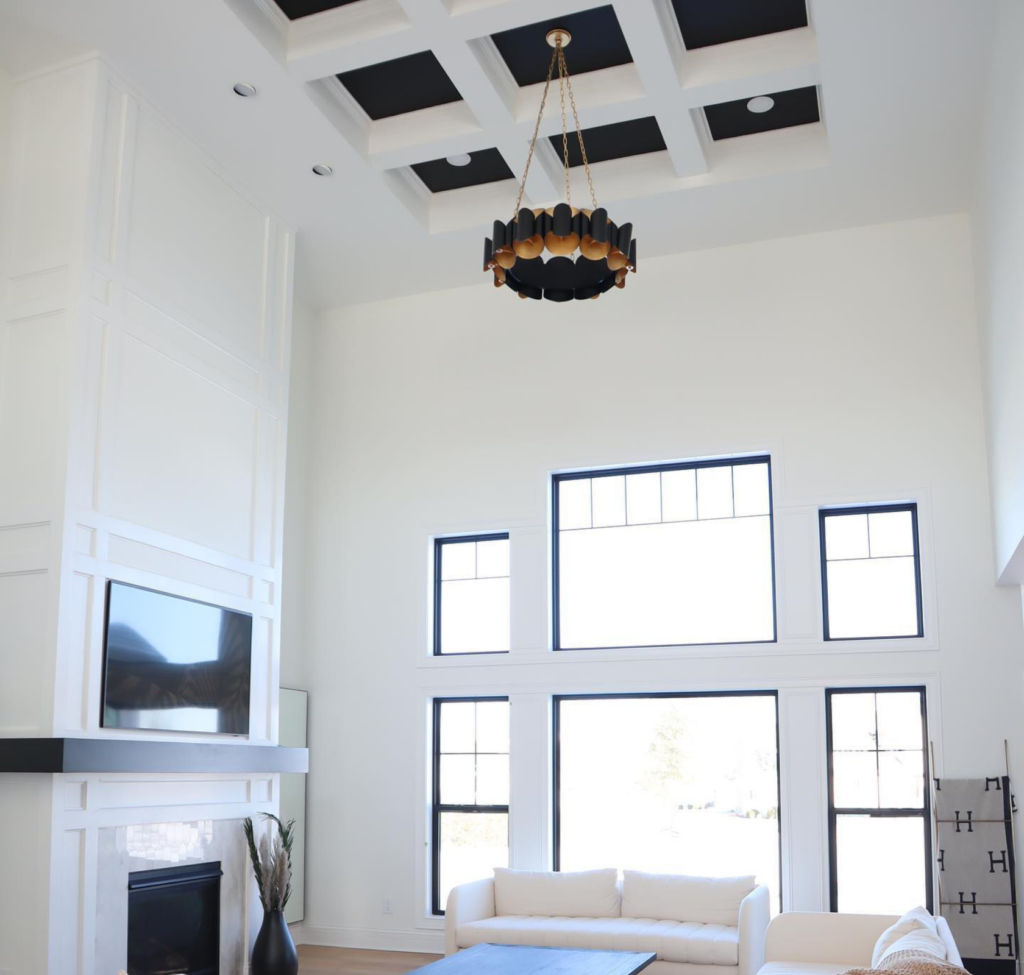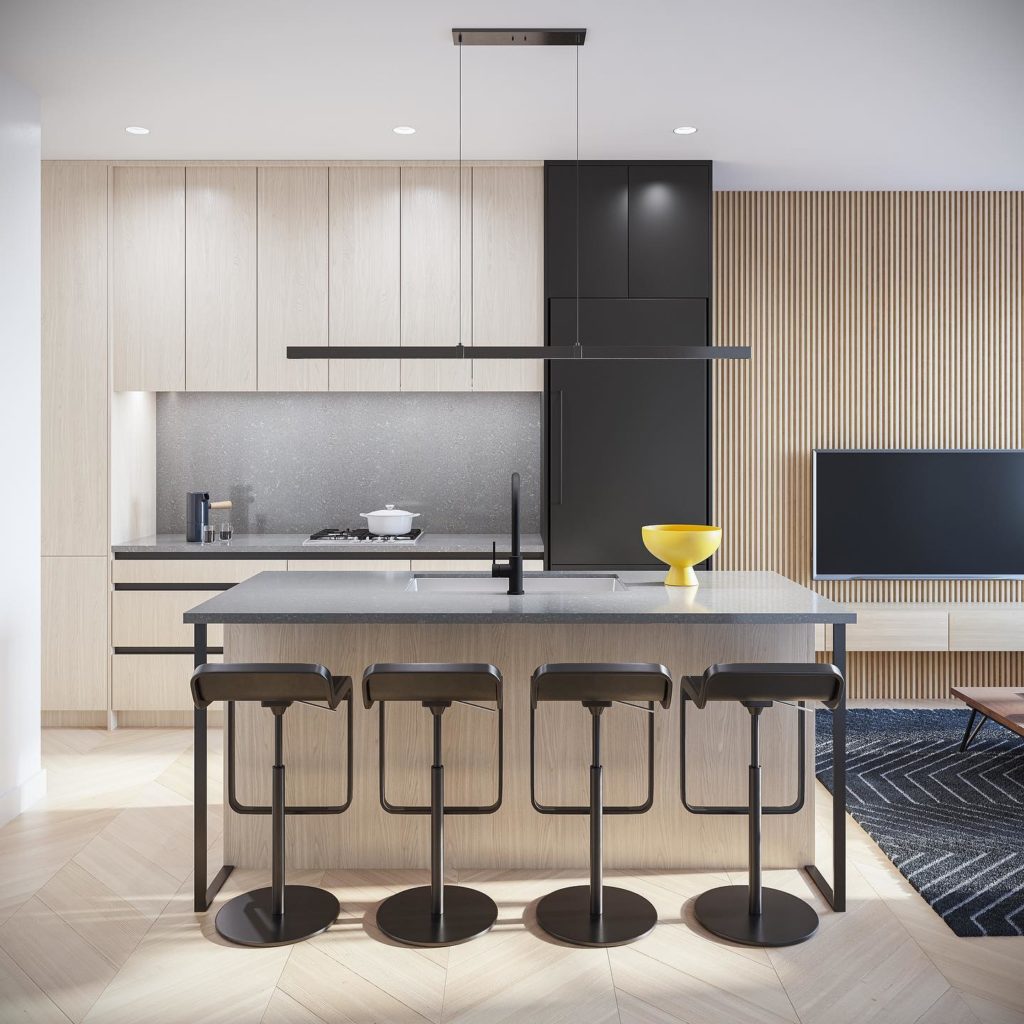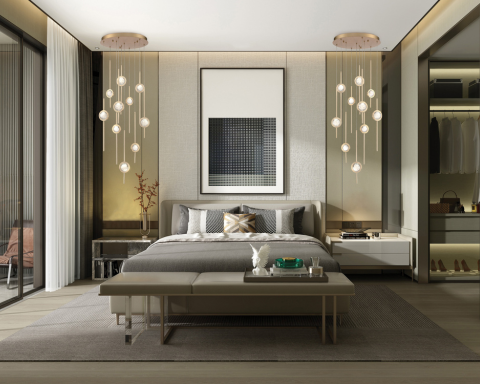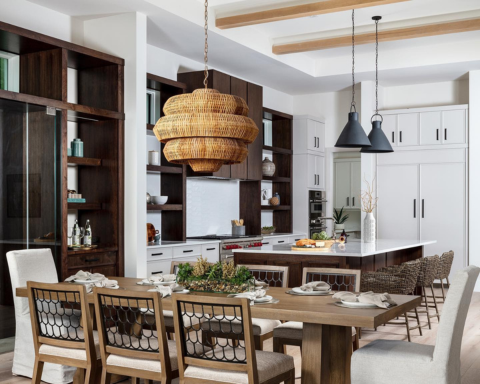Free Ground Shipping on Orders Over $49 Details & Exclusions Excludes Curb Side Delivery (LTL). Lower 48 United States Only.
Feb 18, 2022
Architectural Area Lighting: A Beautiful Balance of Art and Engineering

Increasingly, interior designers are incorporating the principles of architectural area lighting into their projects, giving lighting design as much weight as any other design element. But what is architectural area lighting, and how does it elevate a home’s design?
Lighting plays a critical role in how we experience and understand architecture. It allows us to see and appreciate the beauty in the interiors around us. It can also bring out the emotional nature of architecture by creating an experience for people who occupy the space.
Where would architecture be without lighting? Would its beauty be noticed? Would it have as much impact? Whether natural or artificial, light draws attention to textures, forms, and colors in a room, giving the architecture the attention it deserves. Vision is essential for enjoying the architecture, and architectural lighting fixtures enhance the way a home’s architecture is perceived.
History of Architectural Lighting Design
As lighting technologies advanced, so did the expertise and desire of designers to incorporate myriad styles into their products. Interior designers then began incorporating these styles into their designs and using them to highlight the architectural features of homes.
Architectural lighting design has come a long way since its early beginnings in the 1940s. It was initially applied to public buildings such as libraries and hospitals, commercial buildings such as warehouses and office buildings, and specialized buildings such as museums and theaters. These buildings offered lighting designs and inspiration to bring this architectural area lighting into home design.

E. F. Chapman Paris Flea Market 32 Inch 8 Light Chandelier by Visual Comfort and Co.
For example, E. F. Chapman Paris Flea Market 32 Inch 8 Light Chandelier by Visual Comfort and Co. reflects the traditional chandelier shape and materials in modern proportions. However, it performs a similar purpose: highlighting the architecture while providing illumination.
How Light and Architecture Work Together
For lighting and architecture to work together, it’s critical to consider three key attributes of architectural lighting: aesthetics, function, and efficiency.
Aesthetics refers to the emotional effect the balance of architecture and lighting has on a room’s occupants. It’s where designers design lighting that evoke the emotions people feel when they inhabit a space.

Holden 35 Inch Large Pendant by Troy Lighting
In this gorgeous sunroom, the Holden 35 Inch Large Pendant by Troy Lighting brings attention to the high soaring ceilings and beautiful views outside the windows with its contemporary shape and materials. Its design also demonstrates how architectural area lighting works to bring out the best in natural light and warms up the look and feel of the room when the sun goes down.

Banks 34 Inch 12 Light Chandelier by Hudson Valley Lighting
Another excellent example of the mix of natural and artificial light, the Banks 34 Inch 12 Light Chandelier by Hudson Valley Lighting draws the eye up. It highlights the architectural features of the ceiling. The 1960s design is retro and current. Each shade houses two bulbs that cast a glow from above and below.
As with any lighting design, function cannot be ignored. Lighting designers have a vision for how the lighting should look, but it must fulfill its purpose of illuminating the space. In addition to enjoying the stunning architectural lighting can bring attention to, people must be able to see the walls around them and the floors upon which they walk.
It’s one thing to design a breathtaking lighting layout; it’s another to design a breathtaking lighting layout that is energy efficient. This means assuring the light reaches its target, and less light is wasted. Reducing the amount of wasted light makes a home more efficient and creates a balanced design that shows off the home’s features.

Tech Lighting Sean Lavin Dessau 48 Inch LED Linear Suspension Light
Featuring a sleek, modern design and housing a slim recessed panel of LED lights, the Tech Lighting Sean Lavin Dessau 48 Inch LED Linear Suspension Light creates a contemporary vibe as it sheds plenty of ambient lighting over the island. Recessed lighting provides task lighting where needed, making this a stunning and efficient lighting design.
What Are the Forms of Architectural Lighting?
Architectural area lighting offers a plethora of choices for interior designs: the residents’ desires and lifestyles influence which types of lighting are best to use. Chandeliers and pendants offer ambient lighting throughout the space, and accent lighting can be used to highlight features or mirror design elements in the home. No matter what form the lighting takes, it is integrated into the room’s design and structure, becoming a subtle part of the beautiful whole.

Piazza 31 Inch LED Chandelier by Kuzco Lighting
The suspended rectilinear frame of the Piazza 31 Inch LED Chandelier by Kuzco Lighting echoes the shape of the stairs as it emits luminance downward from the continuous opal diffuser. It is a natural extension of the ceiling height and the architectural banister.

E. F. Chapman Dorchester 24 Inch Picture and Display Light by Visual Comfort and Co.
Form follows function in the classic E. F. Chapman Dorchester 24 Inch Picture and Display Light by Visual Comfort and Co. This example of how lighting highlights a particular architectural feature and seamlessly blends with the design. It exemplifies the basic principles of architectural area design in this stunningly simple design.



